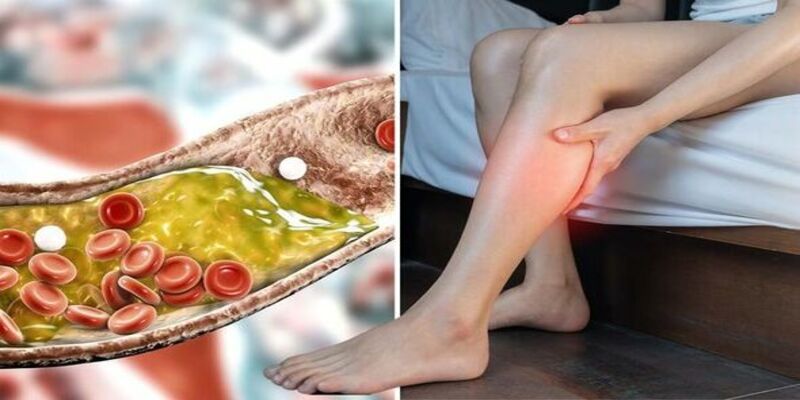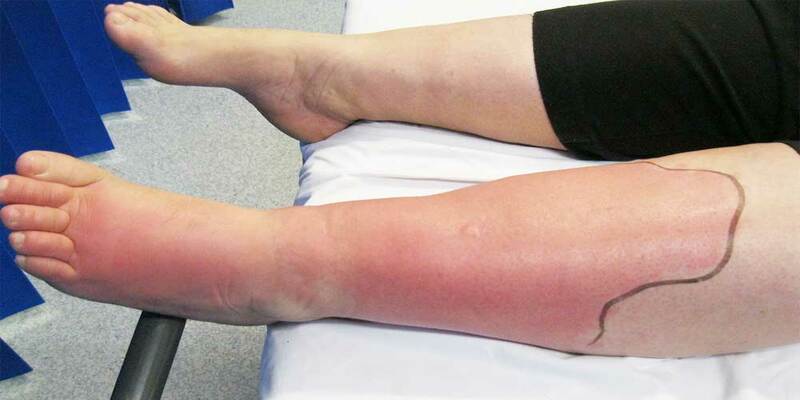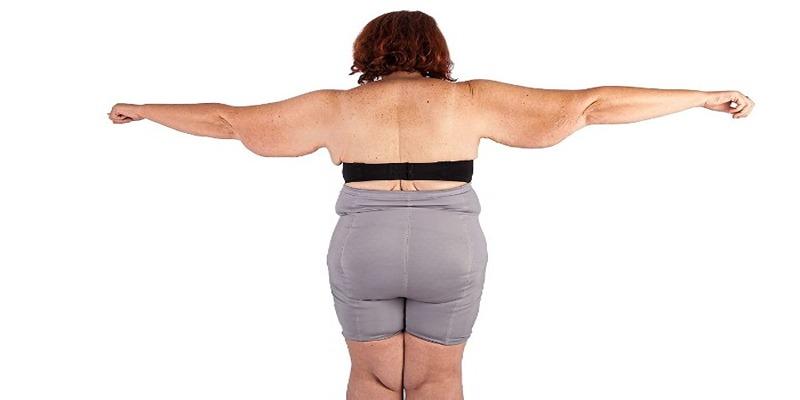Cholesterol is necessary for wellness. It is a waxy substance vital to numerous bodily activities and circulates in the bloodstream. Generally, arteries, which are blood channels that transport blood from the heart, feed the body's tissues. However, cholesterol and other fats and chemicals may build plaque on the arterial walls; this process is known as atherosclerosis. High cholesterol puts individuals at risk for atherosclerosis, which may constrict the arteries and limit blood flow to the tissues. Atherosclerosis can cause damage to any arterial in the body, but it is most commonly connected with the cardiovascular system and the brain. Plaque buildup in the legs' as well as feet's arteries has been linked to peripheral artery disease.
Symptoms Of Pad In The Legs And Feet
Peripheral artery disease may restrict or obstruct blood flow to your limbs (extremities), including your arms, legs, and pelvis (hip area). Lower extremity PAD is the most prevalent form, affecting the legs and feet. Pain in the legs during physical activity is a frequent sign of PAD. Alterations in the nails and epidermis of the legs and feet are additional signs. In most cases, PAD develops gradually and worsens over time, although the symptoms vary greatly. Over fifty percent of individuals with PAD do not exhibit symptoms. People who report no symptoms may be physically inactive or misinterpret muscular pain as a sign of aging (the risk of PAD increases with older age). Consequently, PAD is often misdiagnosed.
Pain In The Muscles While Exercising
Claudication, a form of muscular discomfort that might include aching, cramping, numbness, and weariness, is a typical indication of PAD. This discomfort happens when walking and doing other physical activities. It often affects the legs but may also manifest in the buttock, thigh, calf, or foot. The discomfort often arises in the muscles where cholesterol and fat deposits have impacted the arteries. Muscles need more blood to sustain physical activity, but constricted arteries restrict adequate blood flow. 7 Your body utilizes pain to signal that a muscle is under stress due to inadequate blood supply. Standing motionless and relaxing reduces muscular discomfort by requiring less blood flow.
Pain In The Muscles When Resting
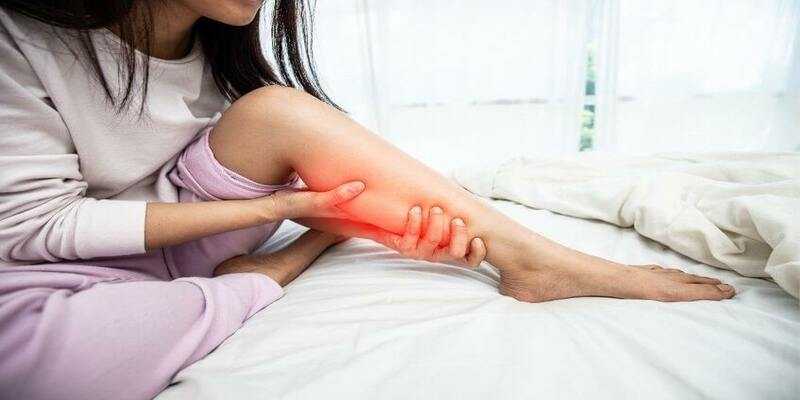
Muscular soreness may continue even after resting in severe peripheral arterial disease (PAD). Some individuals with PAD experience foot and toe discomfort, coldness, or numbness, often during the night or anytime their legs are lifted. The discomfort may be alleviated by lowering the foot below the heart level or suspending it from the bed. 10 When the legs are positioned lower, gravity draws more blood to the feet, which may momentarily alleviate discomfort.
Alterations To The Skin And Hair
Individuals with PAD may acquire smooth, lustrous skin. 15 Your leg hair may fall out or grow much more slowly. 7,15 You may also see a change in the hue of your skin. It may be darker than average (hyperpigmented). 16 Occasionally, it may acquire a blue hue (called cyanosis). Almost a third (182 adults) of Treated patients were identified with PAD in a study of over 540 people at risk for PAD due to diabetes or heart disease .
Cold Feet
If you have PAD, you may notice that your feet feel chilly or cold. 15 The circulation of blood keeps your legs and feet warm. When cholesterol and fat partially obstruct your arteries, it becomes difficult for your body to deliver blood to locations distant from the heart to maintain a steady body temperature.
Weak Or Absent Pulses
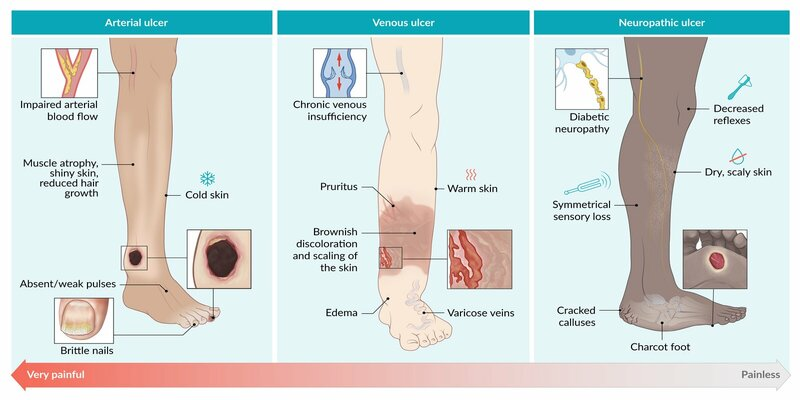
If you have enough circulation, you can often feel your pulse on your feet due to the pumping motion of your heart. Your healthcare professional may be able to identify variations in your pulses when your blood flow declines. With PAD, pulses may be weak or absent, particularly in the feet, such as the dorsalis pedis or posterior tibial arteries. A clinician conducts the ankle-brachial index (ABI) test, which measures the blood pressure throughout your legs and arms to evaluate blood flow in your body.
Conclusion
High cholesterol is one of several variables that might contribute to plaque formation in the blood vessels. Reduced blood flow, poor circulation, as well as the peripheral arterial disease may result from constricted or occluded arteries in the legs. This disorder may result in walking-related discomfort, reduced pulses, skin changes, or coldness in the legs and feet. Consult your physician for early diagnosis and symptom management, including treatment, to avoid significant problems.
